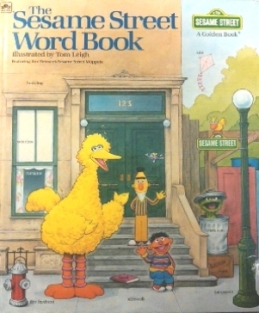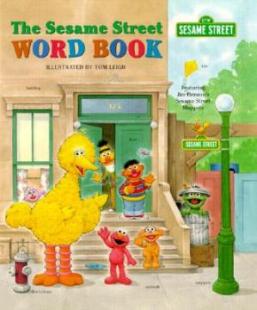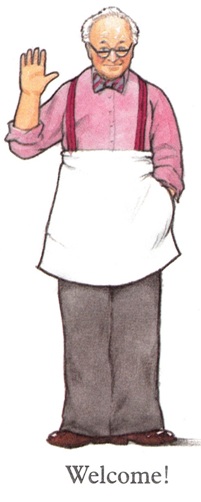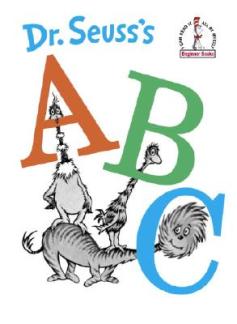
A, B, and then C? SO predictable…
While I’d like to think that any good book is timeless, there are certain kinds of books that you end up buying for your children that do seem to come with a very implicit “best if used by” date stamped on their side. For example, I know many children who, once they reached a certain age, refused to read board books anymore. To them, board books = baby books. And, regardless of the book itself (we have board book versions of older-skewing books like Olivia and Madeline), some six-year-olds just won’t be seen dead reading a board book. Another example of a kind of kid’s book that comes with a very distinct shelf-life is the Alphabet Book.
Alphabet books are possibly one of the most common kinds of picture books you can find for younger pre-readers. Their mission is simple and true – reinforcing kids’ knowledge of the alphabet from A to Z. This can be accomplished through pictures, rhyming couplets, you name it. Start at A, end at Z – they come with their own structure built in. No wonder there are so many alphabet books on the market. However, what happens to the book once a kid learns their alphabet backwards and forwards?
Unlike storybooks, alphabet books can be fairly utilitarian. They normally don’t feature stories, characters, or emotions for children to encounter and revisit. Most alphabet books just want to make sure that kids know that J comes before K and, once that’s accomplished, it’s O.K. (letters 15 and 11, respectively) to put them aside. However, there are classes of alphabet books and some are much more expertly executed than others. Some alphabet books transcend mere letter instruction and can stand on their own two feet much longer than their more cheaply produced brethren.
So, if you’re looking for a good alphabet book and you’ll like it to have a longer shelf-life than the crappy paperback A-to-Z book that came with your Happy Meal, here are six really great examples of alphabet books that do a whole lot more than just teach kids about letters.
1. The Gashlycrumb Tinies by Edward Gorey
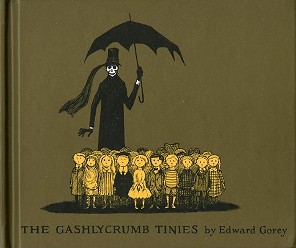
Simply a classic.
Let’s get this out of the way right at the top – the greatest alphabet book of ALL TIME is Edward Gorey‘s The Gashlycrumb Tinies.
Granted, it’s more of a commentary on alphabet books than anything, but it is one of the most brilliant, oddball, most often-copied books I’ve ever read. (Fair warning – there are a LOT of lame “parodies” of The Gashlycrumb Tinies out there.) But it is dark. And it is macabre. It is really, really macabre. And if your kid is into that, they might LOVE it. Personally, I know my daughter is far too easily creeped out to really enjoy a line like “X is for Xerses devoured by mice” without it giving her nightmares for a week. In regards to your own kid, you can read the whole book online here and decide for yourself. But, even though I can’t imagine ever giving The Gashlycrumb Tinies to a still-learning-to-read three-year-old, there is such genius and humor in Gorey’s work that it’d be a shame to keep this alphabet book away from kids entirely. As such, there’s a copy of The Gashlycrumb Tinies sitting on our “Books My Kid Will Read in the Future” shelf that’ll be waiting for my daughter whenever I think she’s ready for it.
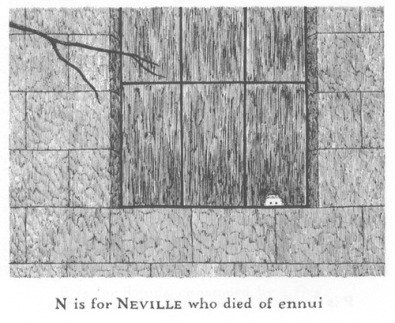
Hands down, the greatest literary death of all time.
2. On Market Street by Arnold Lobel, illustrated by Anita Lobel
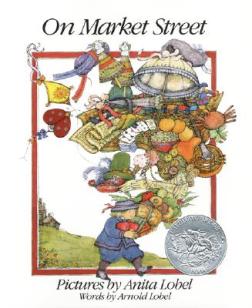
Using capitalism to teach kids the alphabet…genius.
I’ve known about Arnold Lobel since I was a kid thanks to his classic Frog and Toad books, but I’ll admit that On Market Street, a truly wonderful alphabet book, was my first introduction to the work of his wife, Anita Lobel, a hugely talented children’s book creator in her own right. On Market Street is one of those rare picture books that you’ll find your kids revisiting again and again, if only to re-appreciate and re-explore the depth and complexity of the artwork. The premise is relatively simple – a young child heads down Market Street “to see what I might buy”. The Lobels then lead us past an A-to-Z series of wildly imaginative merchants who all have bodies constructed out of whatever it is they’re selling. Thus, the apple vendor is made entirely out of apples, the book seller is made entirely out of books, etc. [read the rest of the post…]
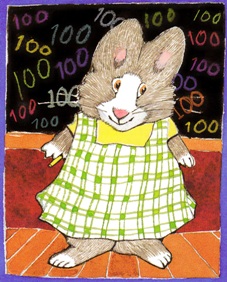
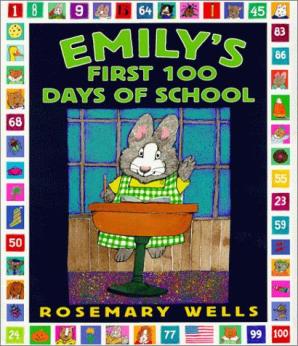
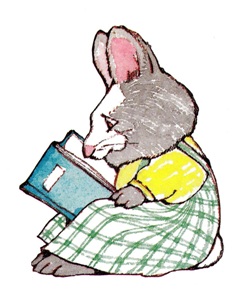
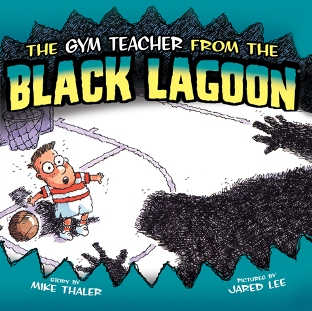
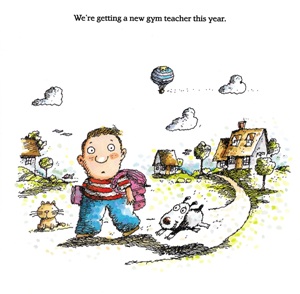
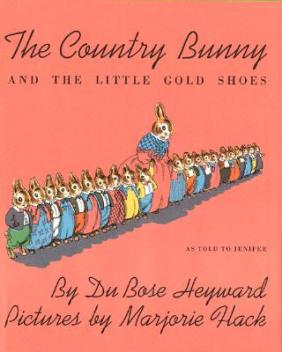
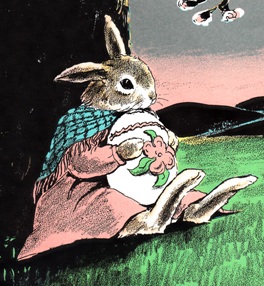
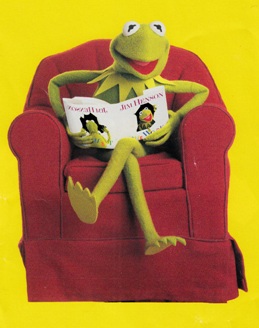
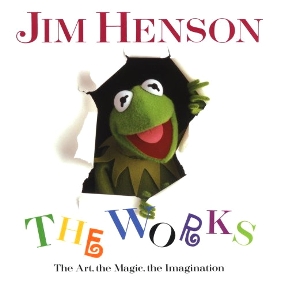
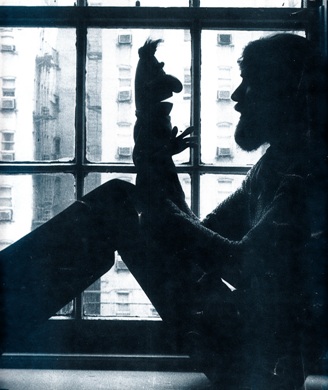
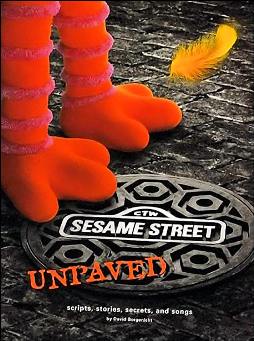
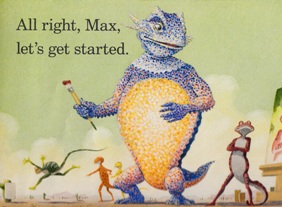
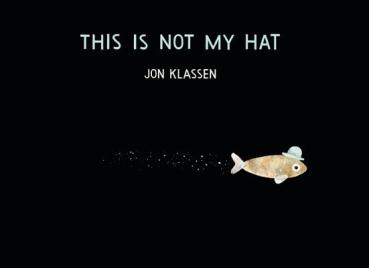




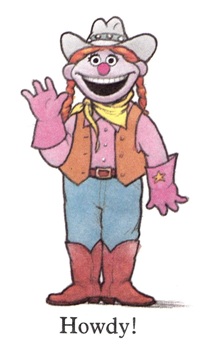 Question
Question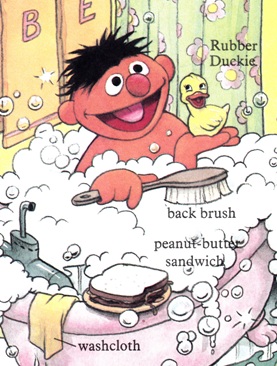 There is a recurring visual joke that runs throughout a lot of
There is a recurring visual joke that runs throughout a lot of 